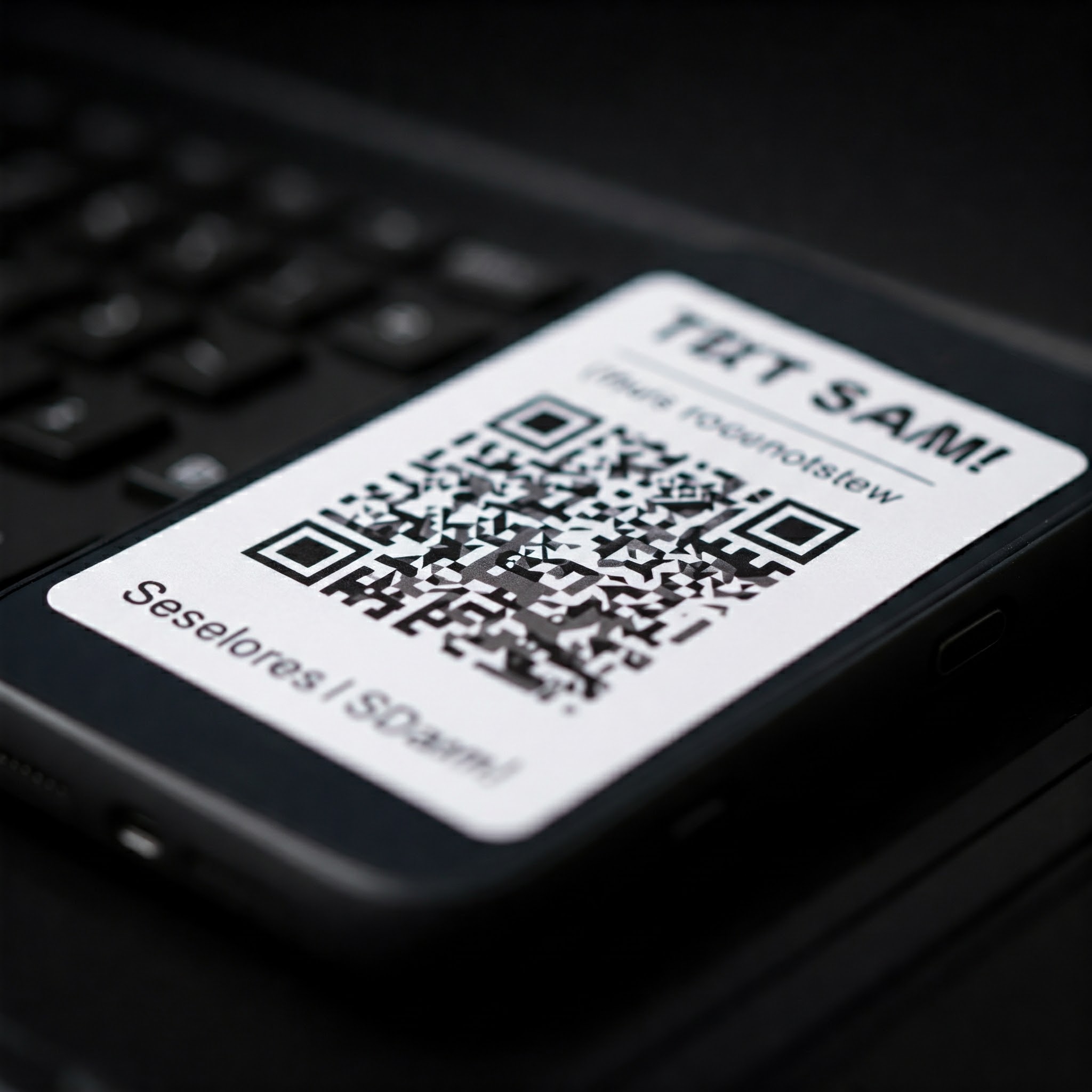In today’s fast-paced digital world, scams are becoming increasingly sophisticated, targeting unsuspecting individuals through text messages and QR codes. A recent scam involving fake notifications about unpaid tolls has raised concerns among authorities and consumers alike. This blog post explores how these scams operate, the dangers of QR code fraud, and actionable steps to protect yourself.
The Unpaid Toll Texting Scam
Scammers are exploiting the convenience of text messaging to trick individuals into paying fictitious toll fees. In Maryland, for example, residents have reported receiving text messages claiming they owe money for unpaid tolls. These messages often link recipients to fraudulent websites to steal personal and financial information (WBAL-TV, 2025).1
How the Scam Works
1. Urgency and Fear Tactics: The text message typically creates a sense of urgency, warning recipients that failure to pay will result in penalties or legal action.
2. Phishing Link: The message contains a legitimate link but redirects to a malicious website.
3. Data Theft: Victims who enter their personal or payment information on the fake site risk identity theft or financial fraud.
Red Flags
• Unexpected messages about unpaid tolls.
• Links that do not match official government or toll agency websites.
• Requests for sensitive information, such as Social Security numbers or credit card details.
If you receive such a message, do not click on the link. Instead, verify the claim by contacting your local toll authority directly through their official website or customer service number.
The Rise of QR Code Scams
QR codes have become ubiquitous daily, from restaurant menus to parking payments. While convenient, they also present new opportunities for scammers. Known as “quishing” (QR code phishing), this type of fraud involves embedding malicious links in QR codes to deceive users (Fairfax County Government, 2025).
How QR Code Scams Work
1. Fake QR Codes: Scammers place counterfeit QR codes in public spaces, emails, or text messages.
2. Malicious Links: When scanned, these codes direct users to fraudulent websites that mimic legitimate ones.
3. Data Harvesting: Victims may unknowingly provide login credentials, payment details, or other sensitive information.
Common Targets
• Public parking meters
• Gas stations
• Emails or texts claiming to be from trusted organizations
Protecting Yourself from Scams
Verify Before You Click: If you receive an unexpected text about unpaid tolls or other urgent matters, verify its authenticity through official channels.
• Avoid Sharing Personal Information: Legitimate agencies will not ask for sensitive details via text message.
• Report Suspicious Messages: Notify your local authorities or consumer protection agency if you suspect a scam.
Best Practices for QR Code Safety
• Inspect Before Scanning: Be cautious of QR codes in unusual locations or those that appear tampered with.
• Check URLs Carefully: After scanning a QR code, review the URL before proceeding. Look for signs of legitimacy, such as HTTPS encryption and domain names that match the organization.
• Use Secure Apps: Install a QR scanner with built-in security features to detect malicious codes.
• Update Your Devices: Keep your phone’s software up-to-date and enable multifactor authentication on accounts.
What to Do If You’re Scammed
1. Report the incident to local authorities and file an online report if available (Fairfax County Government, 2025).2
2. Monitor your financial accounts for unauthorized transactions.
3. Consider freezing your credit to prevent identity theft.
Why Awareness Matters
Scammers thrive on exploiting gaps in awareness and trust. You can protect yourself and your loved ones from falling victim by staying informed about emerging threats like texting scams and QR code fraud. Education is key—share this information with friends and family to help them stay vigilant.
As technology evolves, so do the tactics of cybercriminals. The recent surge in texting scams for unpaid tolls and the rise of QR code fraud highlight the importance of staying cautious in digital interactions. Always verify suspicious messages and scan QR codes carefully to safeguard your personal and financial information.
By adopting proactive measures and spreading awareness, we can collectively reduce the impact of these scams on our communities.
References
- WBAL-TV. (2025). Text message scam claims money owed for unpaid tolls. Retrieved January 14, 2025.
https://www.wbaltv.com/article/text-message-scam-money-owed-unpaid-tolls-mdta/63421945 ↩︎ - Fairfax County Government. (2025). Be smart before you scan: Avoid QR code scams. Retrieved January 14, 2025.
https://www.fairfaxcounty.gov/news/be-smart-you-scan-avoid-qr-code-scams ↩︎






Leave a Reply